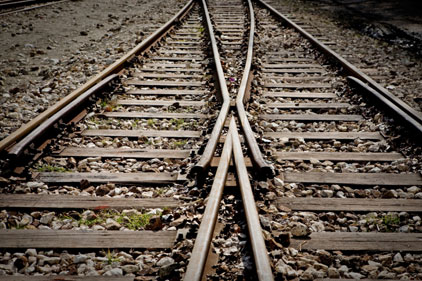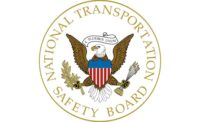 In the wake of a series of fatal and environmentally catastrophic train accidents, the railroad industry and federal regulators have agreed on a set of voluntary measures intended to increase the safety of crude oil train shipments.
In the wake of a series of fatal and environmentally catastrophic train accidents, the railroad industry and federal regulators have agreed on a set of voluntary measures intended to increase the safety of crude oil train shipments.
The agreement between the U.S. Transportation Department and the Association of American Railroads (AAR) which begins taking effect in late March, calls for slower speeds through major cities, more frequent track inspections and increased emergency response planning along routes that carry trains hauling a minimum of three million gallons of crude oil.
Reduced speeds are expected to reduce the possibility of a derailment or at least minimize the number of cars that derail during such an incident.
Braking and overheating
The industry also agreed to improve braking by making sure all crude trains operate with locomotives in the middle or at the end of the trains and install technology for detecting overheated wheel bearings on train cars.
Federal inspectors plan to check for compliance with the agreement, although without regulatory leverage, they will lack fines or citation power to compel the adoption of the new measures.
A boom in domestic oil production has been accompanied by a sharp uptick oil train derailments, fires and explosions, with millions of gallons of crude leaked into the environment. In July, 2013, 47 people were killed, dozens of buildings destroyed and nearly three million gallons of oil spilled by a derailment in Lac-Megantic, Quebec. The collision of two trains in Casselton, N.D., last December forced the evacuation of 2,400 residents.
Although the agreement requires railroads to consider the least-risky routes, transportation experts say oil trains will likely to continue to travel through heavily populated areas.
Emergency responder ramifications
A new $5 million training curriculum designed to help emergency responders deal with crude oil accidents will be funded by the railroads.
Transportation officials are also asking the oil industry to make sure crude is correctly classified, so that responders know what they’re dealing with when an accident or spill occurs.
The AAR represents all of the major railroads in North America.


